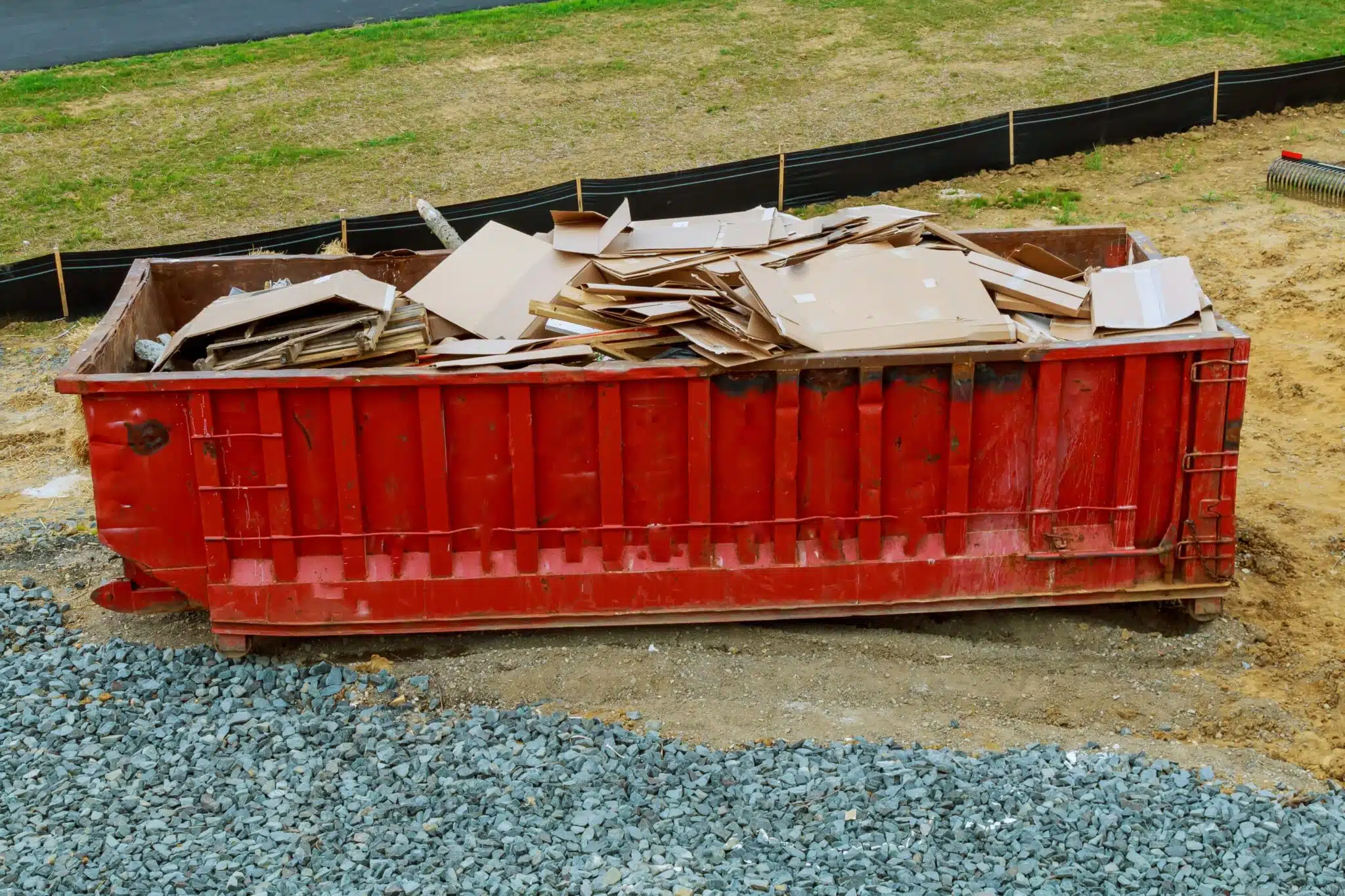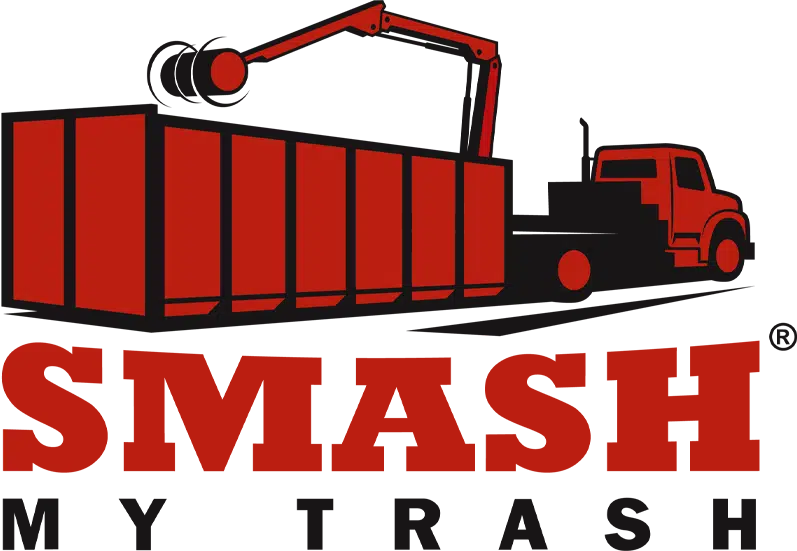The operations team is the lifeblood of businesses across the country. Without their efforts, inventory management would not be possible, packages wouldn’t be delivered, supply chains would be disrupted, and new designs, blueprints, and products may never come to fruition. These are vital to successful operations and anything that might disrupt this process can tip the balance of a profitable company downward.
Without important efficiency standards, delays to the operations team have major ramifications. The consequences of operational delays include unnecessary added costs, dissatisfied customers, lost sales, a damaged reputation, inventory issues, reduced employee morale, and disruptions to production schedules.
We’ll be covering and dissecting some of the major causes of these delays in operations, discussing what can be done to avoid/alleviate delays going forward, and providing tips for improving warehouse operations in day-to-day work.
1. Outdated Technology
One of the largest glaring issues facing businesses in 2024 ties back to outdated technology and the inefficient use of tools/resources they provide. Tasks like manual inventory management can bottleneck an operation with human error or cause long-term deadline delays.
Modern technology now provides numerous opportunities for automated processes, streamlined inventory data management, key performance indicators, and accelerated troubleshooting capabilities that can protect your business and keep the operations team efficient. Better teamwork is synonymous with modern technology. Tech solutions in operations typically enable better collaboration opportunities. Teams can now quickly process large volumes of information, making large-scale decisions based on big-picture data.

2. Inefficient Order Processing
The inefficiencies in order processing often stem from manual operations, poor communication between employees or departments, and few standardized processes. This creates an environment where picking, packing, and shipping becomes slow and prone to costly mistakes.
Whether you are part of a B2B market or B2C, efficient warehouse order processing should be a top priority in the vertical space. This is achieved in multiple ways that collectively improve the bottom line, refine efficiency, and keep employees on task.
- ^Simple pick, pack, and ship pattern for products / making inventory easy to find
- ^Simplified fulfillment process from start to finish
- ^The fulfillment process warehouse layout should begin at the furthest point from the packing stations and work toward them
- ^Improve channels of communication between departments to prevent unnecessary delays
- ^Packing stations should be located right next to the shipping area
3. Improper Inventory Tracking
Inventory tracking is vital to a successful organization. With accurate inventory data, warehouses can avoid overstock situations, stockouts, and lost inventory. All of these factors affect the bottom line and potentially lead to major bottlenecks with negative chain reactions.
To prevent improper inventory tracking businesses should embrace an inventory warehouse management system that makes sense for their needs. Whether that’s through the usage of barcodes and RFID tags to improve tracking or scheduled routine inventory audits, it’s necessary to address these issues quickly and efficiently to keep customers happy and your operation running smoothly.

4. Narrow or Congested Areas
Your warehouse space can often be an overlooked aspect of a successful operation team’s hard work. It’s normal to assess your employee’s efficiency and the technology you’ve implemented, but the space you operate in shouldn’t be ignored. Congested areas within a warehouse create physical bottlenecks in the movement of goods and employees. Poor warehouse layout design, inadequate inventory space, and poor storage solutions are major factors to consider in your assessment of an operation.
Take your layout seriously
Some key factors to consider in warehouse layout design include creating wider aisles for movement, clearly marking pathways and implementing important signage for employee safety, strategically placing storage areas near key inventory and shipping locations, and leaving unnecessary workstations away from the flow of goods and transportation lanes.
Implement Vertical Storage Solutions
“Building up instead of out” is the simplest way to understand this point. Creating inventory space vertically through mezzanines or various storage solutions helps keep the walkways clear and the flow of employees and products safe.
Routine Assessments
Audit, audit, audit. Through trial and error, management can cut through the nuances of a unique operation system and address new issues as they arise in the reevaluation of a space.


Waste Pile-Up
As an operation grows in size and complexity, it’s easy to overlook the waste that comes with a medium to large-scale system. This waste can take the form of excess packaging materials, damaged or returned goods, obsolete inventory, or unwanted byproducts of manufacturing goods. This waste can eat up valuable space in a warehouse, and overflow dumpsters, and potentially require additional handling/disposal to be removed.
The solution to this problem can be addressed in multiple ways. Conducting regular waste audits can help management identify the sources of waste and implement new strategies to address the waste. Sometimes simply reallocating containers to appropriate sections or facilities can address waste pile-up areas. Additionally, things like recycling programs and mobile waste compaction can help divert waste streams and improve efficiency in day-to-day operations.

Improve Warehouse Operations with Smash My Trash
Here at Smash My Trash, we take a lot of pride in our capabilities to improve open-top dumpster efficiency and keep operations running smoothly. Warehouse operational delays have far-reaching impacts on the business as a whole.
Through daily, weekly, or monthly waste compaction operations can get more use out of every dumpster and have less wait time for hauls. This can lead to a much more efficient operation with less reliance on haulers to bring back an empty open-top dumpster promptly. Warehouse supervisors and operational staff can rest easy knowing Smash My Trash has made their jobs easier, waste streams more efficient, and limited the down-time between hauls sent to landfills or transfer stations.
In 2023, Smash My Trash eliminated over 400,000 unnecessary hauls across the country, saving businesses valuable time and money and allowing businesses to keep running efficiently. If your operations team struggles with coordinating their waste streams, we encourage you to schedule a free waste compaction demo with SMT to see if we’re a right fit for your operation.


